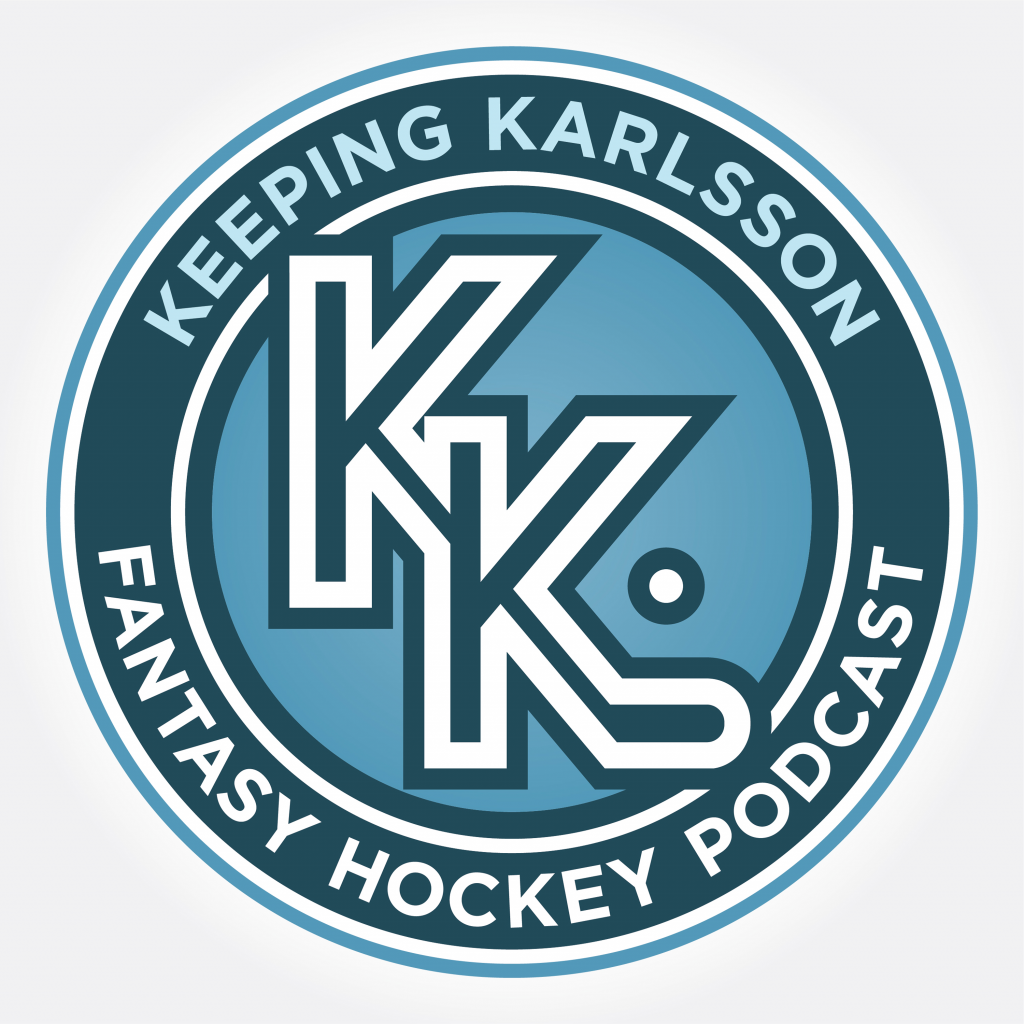Welcome back to Goldipucks and the Three Skaters, a play on words of the Goldilocks and the Three Bears story. Instead of there being three bowls of porridge though, I cover three skaters and declare one too hot (i.e., doing unsustainably better than he should), another too cold (i.e., doing unsustainably worse), and a third “just right” (i.e., producing where he should be). In addition, I also assign each a rating of 1-10, indicating how hot (rated 7-10, where 10 is the most unsustainably hot), cold (rated 1-4, where 1 is the most unsustainably cold), or “just right” (rated 4-7, where 5.5 is the most “just right”) he is.
In my recent poll asking you to pick the five most underrated players in fantasy, I was pleasantly surprised that a lot of players got a good share of the votes. That prompted me to decide to do a deeper five on three of them – Jake Sanderson, Shea Theodore, and Kyle Connor – to find out who among them is having a 2024-25 that is too hot, versus too cold, or "just right." Stats for all three are current through April 11, 2025 games.
Jake Sanderson (78 GP, 11 G, 45 A, 189 SOG, 24:23 TOI, 28 PPPts, 3:22 PP, 63.9% PP%)
The second-generation player was grabbed fifth overall by Ottawa in 2020; but to the surprise of many, he did not debut in the NHL until two seasons later, as the Sens seemed more than content to let Sanderson fine tune his game in the NCAA. Once with the big club, he was in the NHL to stay. Yet in neither of his first two seasons did he reach even the point-per-every-other-game mark, leading some to wonder if he would be as good as hoped. This season, however, he's hovering at a 60-point pace. Is he just scratching the surface? I'd say the answer is a resounding yes.
Sanderson is on target to average a minute more TOI this season than last, just like he did from his rookie season to 2023-24. Although there is only so much higher his TOI can go, what's nice is this season he's seen another gain despite being used less on the PK. In fact, just three of the 12 defensemen averaging more TOI per game than him see more PK time per contest. The issue is Sanderson has to see PK duty for the time being since the Sens don't really have much better options. But as the team improves, and Sanderson further shows his offensive value, his PK duty should shrink, for a net gain even if he sees no added TOI per contest, although he does have four SHP for what it's worth. As for the PP, his per game average puts him in the top five among all d-men; but he is taking the ice for only 63.9% of his team's man advantage minutes, placing him 19th among d-men, with half of the 18 ahead of him being in the 70s. And with the Sens being the team that draw the most penalties in the NHL, that should be a recipe for even more scoring for Sanderson.
Like TOI, Sanderson's SOG per game is on track to increase yet again, just as it previously did. At 2.4 per game, it has definite room to realistically grow further even if he doesn't get more TOI, either overall or on the PP. If he does see more gains, it should mean more points, as in Q3 when he averaged exactly three SOG per game, he was a point per game player. Coincidence? I'd say no. What's also definitely nice to see is Sanderson's SOG rate having increased without his SH% dropping substantially, as it's barely below where it was last season. Also, a positive is that Sanderson is firing more pucks on net on the PP, as he stands second in the entire NHL among rearguards in PPSOG. Additionally, he is on pace to have at nearly 50% more PPSOG than last season, plus his PP SH%, which was 7.5% last season, is up this campaign, to 10.1%, for a win-win.
Two pieces of data truly suggest Sanderson has room for major gains in scoring, namely his team SH% at 5×5 and his OZ%. Looking at the former first, for 2024-25, a total of 197 defensemen have played at least 40 games, with Sanderson's 6.2% team SH% at 5×5 placing him fifth lowest, barely above third lowest. Yes, just over half his points have come on the PP; however, for him to have even managed to tally as many as he has at ES is quite amazing given this situation. In fact, of the nine rearguards who currently have more points than Sanderson, just two (Evan Bouchard, Josh Morrissey) have a rate below 9.1%. In short, when this normalizes – and notice I said when, not if – Sanderson's scoring should put him in the highest echelon of d-man scorers.
As for OZ%, Sanderson's sits at 42.8%, which means he's in the bottom 25% of the same group of rearguards who've played 40+ games. Of those whose rate is lower, a grand total of ZERO are averaging even a point per every other game in scoring. To land on one of the rearguards who has more points than Sanderson, you have to go all the way to Zach Werenski at 56.8% to find the next lowest, with more than half being above 60%. If Sanderson gets anywhere close to those percentages, he should see major scoring gains.
If you've read this far, you'll realize despite Sanderson's major gains his 2024-25 has been TOO COLD. For him to have done what he's done despite the OZ% and 5×5 SH% headwinds he's faced is amazing, and indicative of a very bright future, especially since he still has room to shoot more, plus see a higher percentage of PP TOI. If he was put into the same situation as any of those ahead of him in scoring, it's difficult to see how he'd not be pushing point per game scoring. As such, he gets a rating of 1.5; and if somehow you can find a way to pry him away from his owner in a keeper, do so and prepare to be handsomely rewarded.
Kyle Connor (79 GP, 40 G, 54 A, 257 SOG, 20:24 TOI, 28 PPPts 2:49 PP, 68.0% PP%)
Grabbed 17th overall by the Jets a decade ago, Connor played another season of college hockey then most of 2016-17 in the AHL, before landing in Winnipeg to stay for 2017-18. He certainly made a major early impact, with 57 points in 76 games. From there his scoring rate rose, and he was a point per game player by his third full season. He then took a step back, before exploding for 93 points in 79 games in 2021-22. In his next two campaigns he was right below the point per game mark, making many fear he was a one hit wonder. Yet for 2024-25 he's at that same pace as 2021-22. Is it likely this time we'll see him carry this momentum beyond just the current season? I'm afraid the answer is no.
For starters, Connor's ice times, both overall and on the PP, are well below what they were in 2021-22. In fact, his PP TOI is lower than it's been since his first full season. His overall TOI and SOG rates are most comparable to 2022-23, when his scoring pace was 81. Also, although his PP per game rate is almost identical to what it was in that fateful 2021-22 season, it's virtually identical to what it was in 2022-23 as well.
How then can we explain the vast difference in scoring rates from 2021-22 to 2022-23? SOG rate for starters, as Connor fired an average of four pucks on net in 2021-22, dropping to only 3.3 in 2022-23. He ticked back up to 3.4 last season; yet for 2024-25 he's a notch lower at 3.3 again. Given that Connor has also maintained a similar SH% most every season, and in view of the fact his SOG rate each quarter for 2024-25 has been roughly the same, it sure looks like he's lucked into more points than deserved. Let's dig deeper to confirm.
Connor's PP time is somehow down, despite remaining a PP1 fixture and taking the ice for more than two-thirds of Winnipeg's PP minutes. How is that? Simple – whereas Ottawa is taking the most penalties of any NHL team, Winnipeg is in the middle of the pack. Had they been much lower, I'd be able to presume Connor's per game PP TOI could rise again; but where they are now might be indicative of where they will be next season, which would not help Connor in the scoring department.
Another issue with Connor is his team 5×5 SH%, which is 11.2%. That is not so glaringly high as to signify it has to come down; but this is a player who never in his career had been in double digits, even in his 2021-22 season. So 11% is not sustainable, Connor's OZ% also is at 63.6%, which would mark a career high. Granted, he was above 60% in each of the last two seasons; however, one of two things will happen, namely he will get more ice time but see his OZ% shrink, or it will stay the same but mean he cannot rise to the level he was in 2021-22, when, for the record, his OZ% was 57.6%.
Looking at IPPs, they too are almost a carbon copy of 2023-24, which yet again makes it less easy to imagine him replicating his success. His secondary assist rate, at 42.6% is a tad high for him, but not so much as to have gifted him more than a couple extra points. Still, these things add up. For what it's worth, his overall IPP in the 2021-22 season was 81.1%. It was 73.5% last season, and this season it's 73.4%, while on the PP it was 71.1% in 2021-22, marking not only the lone time it was above 70%, but the sole instance of it being above 66%. Here too his rate for 2024-25 is almost the same as it was for the 2023-24 season, with them being 65.1% and 65.5% respectively.
We can't ignore that Winnipeg is clicking offensively, scoring 3.41 goals per game. That's in contrast to 3.16 last season, and 3.07 in 2021-22. The issue is it's not clear to me whether the team has it in them to maintain this pace, with a core that is primarily on the other side of 30. Instead, I see them likely to slide next season, back closer to, if not at or below, the rate they were in those other two seasons. Something else to consider is Connor has been slowing as the season has unfolded, with 55 points in 44 games in the first half, yet only 39 points in 35 games since then. For Q4 he has been merely a point per game player, or right where he usually is.
Connor is a solid NHL player who you can draft with confidence that his floor will be at or just below a point per game. But the two instances where he rose far above that rate are explained by a SOG rate he's never come close to equaling, and this season by him having metrics that are too similar to those of his last two seasons, when he had scoring rates of 77 and 81, plus him slowing substantially after a scorching start. As such, Connor's 2024-25 has been TOO HOT, and he gets a rating of 9.0, as I'd expect that going forward he'll revert to his usual point per game rate, meaning if you can sell high you should explore doing so.
Shea Theodore (64 GP, 7 G, 47 A, 123 SOG, 21:55 TOI, 19 PPPts, 2:37 PP, 72.2% PP%)
Also grabbed in the first round, Theodore did not impress with Anaheim, who traded him to Vegas as part of a deal to prevent the Knights from taking Josh Manson in the expansion draft. Early on, Theodore played just okay with the Knights, with two seasons just below point per every other game production. Since then though he's had two seasons of a scoring rate in the 50s, two in the 60s, and this season he's within a whisker of his second in a row in the 70s. Is this the new normal for Theodore? I'd say yes indeed.
At first, Theodore's increased scoring rate looks suspect, as it's come as his SOG rate, which peaked at 3.1 per game in 2019-20, has dropped with each passing season, to now be under two per contest. But at the same time, Theodore's share of PP time has risen of late, as, after being over 70% that same 2019-20 season it dropped until jumping to 67.0% last season and now being 72.2%, a percentage exceeded by only three defensemen, each of whom has at least once scored at a point per game rate. Yet his mere 2:37 per game of PP time puts him barely in the top 50 among defensemen. That's because Vegas sits dead last in number of PP opportunities this season, this after being in the top ten last season. Given that there is only one place to go – namely up – from last, I'd look for Theodore to see his PP minutes rise considerably next season, which should more than amply compensate for any loss in points due to fewer SOG.
Turning to Theodore's other metrics, things check out well. His secondary assist rate is 42.6%, which would mark a career low and is in the same vicinity as top tier defensemen scorers. His 5×5 team SH% is 9.5%, which is right in the middle of the 9.0% and 9.8% he had the past two seasons. His OZ% is 57.8%, which would be identical to last season and actually below what it was as recently as 2019-20 and 2020-21, so no issues there. As for his IPPs, his overall rate is right in the middle of what it was the last two seasons, while on the PP it's lagging below his norm, but at 59.4% is still plenty good for a PP! d-man. In short, there are no signs of trouble. And if anything, he might stand to gain points given these numbers, enough certainly to offset any lost points due to fewer SOG.
But what of the reality that Theodore is a certified Band-Aid Boy? Won't that take a toll over time? To me, it's overblown, as Theodore does not have recurring injuries to the same area; plus, by missing games each season his "hockey age" is less than his actual age, such that he should have fresher legs later in his career. Also, there have been many instances of Band-Aid Boy defensemen who were able to be top tier scorers despite frequent injuries, notably Kris Letang, Dustin Byfuglien, Victor Hedman, and John Carlson. Yes, it is mainly Letang and Buff who have the Band-Aid Boy track record of Theodore; however, Hedman and Carlson did miss a chunk of games in at least a few seasons and it did not affect them while it was ongoing or thereafter.
There is a wild card in that Noah Hanifin proved himself to be capable while Theodore was injured, and is signed to a hefty contract. And of late he's eaten into Theodore's PP time. But Hanifin is a more complete d-man, which will take on added importance as Alex Pietrangelo continues to slow. Ot to put it another way, Hanifin has more real-life hockey importance, whereas Theodore's purpose is best served by him being put into a position to create blueline offense. If both are healthy, I don't see a universe where Hanifin is given the keys to PP1, especially after Theodore and Vegas came to an agreement prompting Theodore to not enter unrestricted free agency. If for some reason Vegas feels Hanifin needs the PP1 role as well, then for sure there would be a long line of suitors eager to trade for Theodore and deploy him as favorably, if not even more so, than he has been in Vegas.
Although oft-injured, Theodore seems to be getting better with age; and all his injuries might help by giving him fresher legs longer. He may be shooting less, but his metrics are those of a top tier rearguard; plus, unlike Noah Hanifin, he is one-dimensional enough to all but ensure he gets favorable deployment, including all the PP time he can handle. As such, Theodore's 2024-25 has been JUST RIGHT, and he gets assigned a rating of 5.25, as I see him continuing to be a 70-point d-man going forward.
***********************
Questions for Mailbag
My next monthly mailbag has plenty of room for more questions. To get yours to me, you can either send (1) a private message to “rizzeedizzee” via the DobberHockey Forums, or (2) an email to admin@dobbersports.com with “Roos Mailbag” as the subject line.

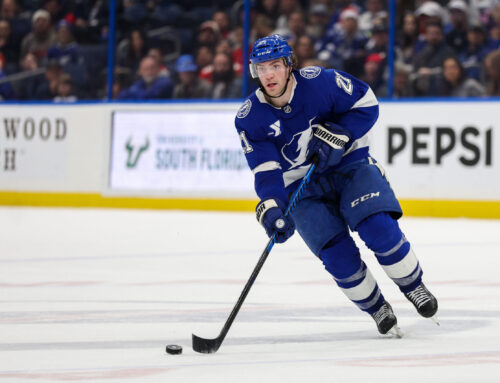
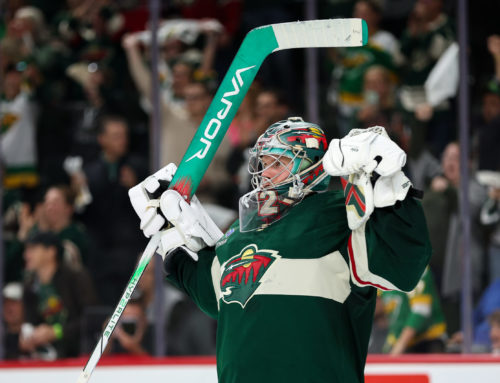
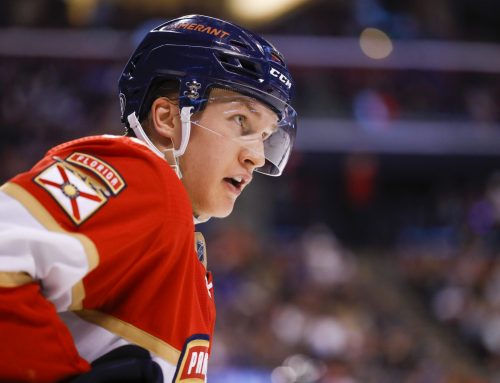
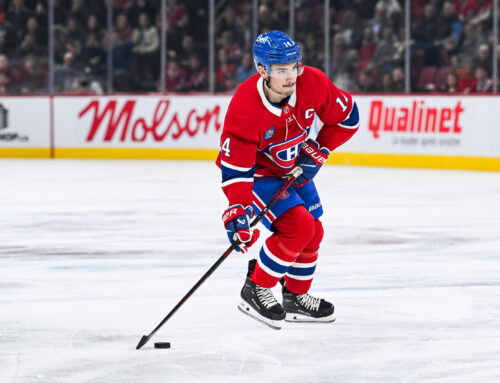
 PHI
PHI TOR
TOR ANA
ANA NYI
NYI BUF
BUF CGY
CGY VAN
VAN CAR
CAR STL
STL MTL
MTL